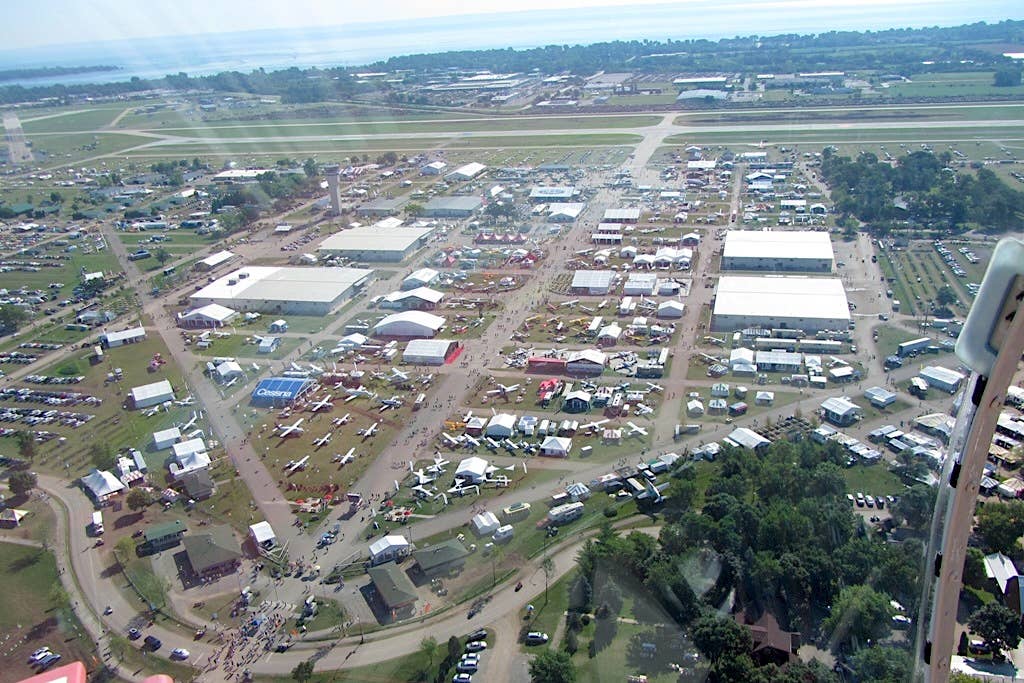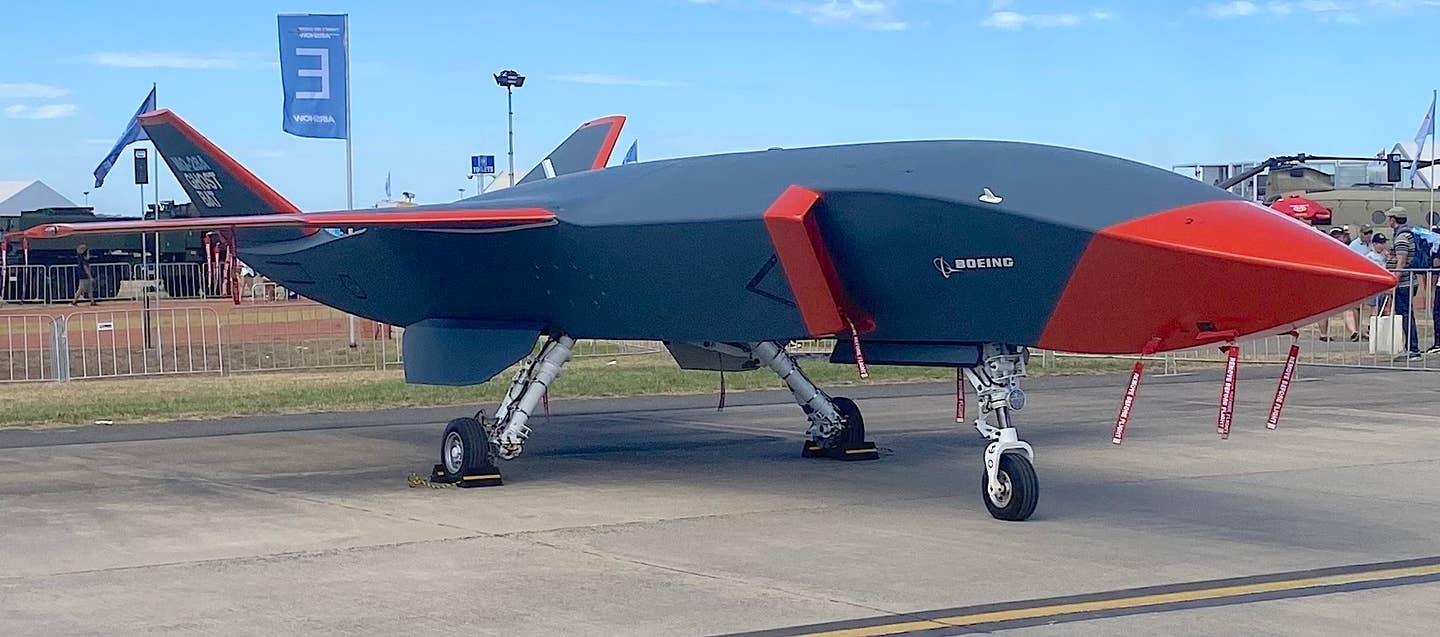NTSB Confirms Otter Crash Cause, Fix Already Certified
The National Transportation Safety Board (NTSB) confirmed earlier suspicions that a mechanical failure was likely the cause of a seaplane crash near Whidbey Island in Washington State last year that…

The National Transportation Safety Board (NTSB) confirmed earlier suspicions that a mechanical failure was likely the cause of a seaplane crash near Whidbey Island in Washington State last year that killed all 10 onboard.
According to the agency’s report, the 2022 crash of a DHC-3 Otter floatplane resulted from the disconnection of the actuator—a component that moves the aircraft horizontal tail and controls the pitch. The flight control system failure caused an unrecoverable, near-vertical descent into Mutiny Bay near Whidbey Island.
The flight, operated by Friday Harbor Seaplanes, was en route from the San Juan Islands to its base at Renton Municipal Airport. According to the NTSB report, verified by witnesses and surveillance footage from nearby homes, the aircraft was in level flight before climbing slightly then abruptly pitching down.
In a statement, NTSB Chair Jennifer Homendy called upon “the Federal Aviation Administration and their Canadian counterparts to eliminate the safety vulnerability identified by NTSB investigators, so this kind of tragedy never happens again.”
Homendy said the disconnection of the tail actuator components “is an incredibly painful reminder that a single point of failure can lead to catastrophe in our skies.”
The NTSB recommends that the FAA and Transport Canada mandate all operators of the DHC-3 Otter retrofit aircraft with a “secondary retention feature,” an extra locking device to prevent the actuator components from separating.
Following the tragedy, Kenmore Air, which operates the DHC-3 Otter, developed a safety measure involving a wire to secure the actuator and prevent its separation in the event of a lock ring failure. Kenmore has already distributed more than 30 kits to operators of the DHC-3.






